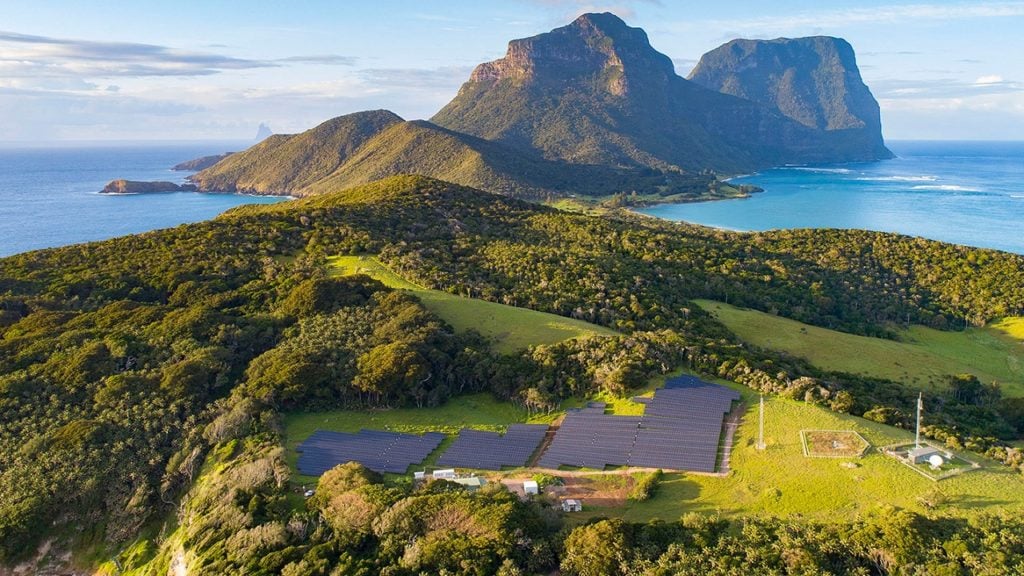
The Australian government has landed a deal to connect New South Wales’ (NSW) Renewable Energy Zones (REZs) and the Snowy 2.0 hydropower project to the grid with a A$7.8 billion (US$5.2 billion) investment.
The funding is divided into A$4.7 billion from the Albanese government’s Rewiring the Nation and will be joined with A$3.1 billion from the NSW Transmission Acceleration Facility that will help the state to realise its Electricity Infrastructure Roadmap and increase reliability across the East coast grid.
Unlock unlimited access for 12 whole months of distinctive global analysis
Photovoltaics International is now included.
- Regular insight and analysis of the industry’s biggest developments
- In-depth interviews with the industry’s leading figures
- Unlimited digital access to the PV Tech Power journal catalogue
- Unlimited digital access to the Photovoltaics International journal catalogue
- Access to more than 1,000 technical papers
- Discounts on Solar Media’s portfolio of events, in-person and virtual
The joint deal between the central government and the NSW state will back eight transmission lines and REZ projects: the Sydney Ring – Hunter Transmission project, Central-West Orana REZ, New England REZ, HumeLink, VNI West, Hunter-Central Coast REZ, Sydney Ring – Southern Sydney Ring and South-West REZ.
The joint deal will support the creation of more than 3,900 jobs in the regions as well as a projected A$32 billion in private investment for regional energy infrastructure by 2030, according to NSW premier, Dominic Perrottet.
The investment from the Australian government comes on top of the NSW state’s own grid investment earlier this year to fast-track the REZ over the next ten years with A$1.2 billion, while last October the state launched its first renewables and storage tender as it targets to reach 12GW of renewables capacity and 2GW of long duration energy storage by 2030.
Since the Labor Party won the election in May, Australian prime minister Anthony Albanese had pledged to make the country a renewables “superpower” with a target of 26GW of installed renewables by the end of the decade and with an investment of nearly US$14 billion to upgrade the country’s grid in order to handle more renewable power.
“Support for critical transmission infrastructure like Sydney Ring, VNI West and HumeLink, to get across the line, will help transform Australia into a renewable energy superpower,” said Albanese.
The country’s acceleration to improve its transmission lines and grid connectivity to increase renewables capacity will be necessary for Australia as it will need to install 1.9TW of solar PV capacity by 2050, according to a report published earlier this year by the universities of Melbourne, Queensland and Princeton.
In related news, federal energy minister Chris Bowen and state and territorial energy ministers from around Australia provisionally agreed earlier this month to introduce a tender process to procure dispatchable renewable energy backed with energy storage.
Energy economics expert Bruce Mountain of the Victoria Energy Policy Centre (VEPC) think tank told sister site Energy-Storage.news in a story published today that transmission upgrades and the growth of energy storage capabilities are the two major bottlenecks to renewable energy growth and integration in the National Electricity Market (NEM). Mountain, who called the agreement to host tenders a “major breakthrough”, and other clean energy advocates, have welcomed initiatives through the Albanese Labor government on both tracks.







